

Articles
How To Store Oysters In A Cooler
Modified: August 17, 2024
Learn the proper way to store fresh oysters in a cooler with this informative article. Keep your oysters fresh and delicious for longer periods!
(Many of the links in this article redirect to a specific reviewed product. Your purchase of these products through affiliate links helps to generate commission for Storables.com, at no extra cost. Learn more)
Introduction
When it comes to enjoying the deliciousness of fresh oysters, proper storage is key. Whether you’ve harvested oysters yourself or purchased them from a local market, knowing how to store them in a cooler will ensure they stay fresh and safe to consume. Not only does proper storage preserve the delicate flavor and texture of oysters, but it also helps maintain their high nutritional value.
In this article, we will guide you through the step-by-step process of storing oysters in a cooler to keep them at their best. From choosing the right cooler to packing and protecting the oysters, we’ll cover every aspect of proper oyster storage. So, let’s dive in and learn how to store oysters in a cooler!
Key Takeaways:
- Properly storing oysters in a cooler is crucial for preserving their freshness and flavor. From choosing the right cooler to packing and protecting the oysters, following best practices ensures a delightful culinary experience.
- Handling oysters with care, choosing a suitable cooler, and protecting them from external factors are essential for maintaining their quality. By following these steps, you can prolong the shelf life of your oysters and enjoy them at their freshest.
Read more: How To Store Oysters
Choosing a Cooler
When it comes to storing oysters, selecting the right cooler is crucial. You want a cooler that will maintain a consistent temperature and provide sufficient insulation to keep the oysters fresh. Here are some factors to consider when choosing a cooler for oyster storage:
- Size: Opt for a cooler that is large enough to accommodate the quantity of oysters you plan to store. A cooler with ample space will allow for proper airflow and prevent overcrowding.
- Insulation: Look for a cooler with thick insulation walls, as this will help maintain a constant temperature. Insulation materials like foam or thick plastic are effective at keeping the inside cool and preventing temperature fluctuations.
- Portability: If you’re planning to transport the cooler or take it on outdoor excursions, consider a cooler with sturdy handles and wheels for ease of carrying.
- Sealing: Check that the cooler has a tight-sealing lid or zipper to prevent air leakage. This will help maintain the internal temperature and keep the oysters fresh.
- Drainage: Oysters can release liquids, so having a cooler with a built-in drainage system or removable tray can help prevent the oysters from sitting in the liquid, which can affect their quality.
Consider these factors when choosing a cooler for oyster storage to ensure optimal conditions for your prized seafood.
Preparing the Cooler
Once you’ve selected the perfect cooler for storing your oysters, it’s essential to properly prepare the cooler before placing the oysters inside. By taking a few simple steps, you can create a clean and safe environment for your oysters. Here’s how to prepare the cooler:
- Clean the Cooler: Start by cleaning the cooler with a mild soap or detergent and warm water. Rinse thoroughly to remove any residue. Avoid using harsh chemicals or abrasive cleaners, as they can leave behind unwanted odors or flavors.
- Sanitize: After cleaning, sanitize the cooler to eliminate any bacteria or contaminants. You can use a mixture of water and white vinegar or a food-safe sanitizer. Apply the sanitizer to all surfaces of the cooler, including the lid and drainage area if applicable.
- Dry Completely: Allow the cooler to air dry completely before proceeding to the next step. Ensure there is no moisture inside, as this can lead to the growth of harmful bacteria.
- Chill the Cooler: Before adding the oysters, it’s a good idea to pre-chill the cooler. Place ice packs or frozen gel packs inside the cooler and close the lid. Allow it to sit for a couple of hours to lower the internal temperature.
Following these steps will create a clean and chilled environment inside the cooler, ready to store your oysters safely.
Cleaning and Preparing Oysters
Before storing oysters in the cooler, it’s important to clean and prepare them properly. The following steps will ensure that your oysters are free from any dirt or debris, making them safe to consume and enhancing their flavor:
- Inspect the Oysters: Start by examining each oyster individually. Look for any cracked shells, open shells that don’t close when tapped, or oysters that appear dead or have a foul odor. These should be discarded as they may be spoiled.
- Rinse the Oysters: Hold each oyster under cool running water and use a brush or scrubbing pad to gently scrub the shell’s surface. This will help remove any dirt, mud, or algae. Be sure to handle the oysters with care to prevent any injuries.
- Shucking the Oysters: If you prefer to store the oysters without their shells, you’ll need to shuck them. Use an oyster knife to carefully open the shell by inserting the tip of the knife into the hinge. Slide the knife along the joint to separate the top and bottom shells. Discard the top shell and loosen the oyster from the bottom shell by gently running the knife under it.
- Strain the Oyster Liquor: If you choose to keep the oyster liquor, strain it through a fine-mesh sieve to remove any shell fragments or sediment. The oyster liquor adds flavor and moisture to the oysters when stored.
By following these cleaning and preparation steps, you can ensure that your oysters are fresh, clean, and ready for storage in the cooler.
Packing the Oysters in the Cooler
Now that your cooler is ready and the oysters are cleaned and prepared, it’s time to pack them carefully to maintain their freshness and quality. Follow these steps to ensure proper packing:
- Arrange the Oysters: Start by arranging the oysters in a single layer at the bottom of the cooler. Place them with the cupped side of the shell facing downwards to prevent any liquor from spilling out.
- Layer with Ice: After the first layer of oysters, add a thin layer of crushed ice or ice packs on top. This helps to maintain a cool temperature and keep the oysters chilled. Avoid using too much ice, as it can cause the oysters to freeze.
- Add Another Layer: Continue layering the oysters and ice, making sure not to stack them too high. Leave enough space between each layer to allow for proper circulation of cold air.
- Top with Ice Packs: Once all the oysters are packed, place a final layer of ice packs on top. This serves as an additional barrier to maintain the cooler’s temperature and keeps the oysters cold.
Ensure that the cooler is not overfilled, as overcrowding can lead to inadequate airflow and affect the oysters’ freshness. Additionally, avoid placing any heavy items on top of the oysters, as this can cause damage to the shells.
Now that your oysters are carefully packed in the cooler, you’re ready to proceed to the next step and protect them from external factors.
Store oysters in a cooler by placing them in a mesh bag or container, covering them with a damp towel, and adding ice on top. Keep the cooler at a temperature of 35-45°F to maintain freshness.
Read more: How To Store Oyster Mushrooms
Protecting the Oysters from External Factors
While storing the oysters in a cooler provides a controlled environment, it’s essential to take precautions to protect them from external factors that can affect their quality. Here are some measures you can take to safeguard the oysters:
- Avoid Direct Sunlight: Place the cooler in a cool, shaded area to prevent direct exposure to sunlight. Sunlight can raise the temperature inside the cooler and hasten spoilage.
- Minimize Temperature Fluctuations: Keep the cooler in a stable environment to avoid drastic temperature changes. Avoid subjecting the cooler to hot or extreme cold conditions to prevent the oysters from spoiling.
- Keep the Cooler Closed: Resist the temptation to open the cooler frequently. Opening the cooler allows warm air to enter, disrupting the internal temperature and potentially spoiling the oysters.
- Avoid Rough Handling: Handle the cooler with care, avoiding any bumps or drops that could damage the oysters. Rough handling can cause stress to the oysters and potentially result in shell breakage or injury.
- Monitor the Coolant: If you’re using ice or ice packs as a coolant, periodically check and replenish them as needed. Maintaining a consistently cold temperature inside the cooler is crucial for keeping the oysters fresh.
By taking these precautions and being mindful of external factors, you can ensure the oysters remain in optimal condition while stored in the cooler.
Storing the Cooler with Oysters
Now that you have packed and protected your oysters in the cooler, it’s time to find the appropriate storage location for the cooler. Follow these guidelines to ensure the oysters remain fresh:
- Cool Environment: Store the cooler in a cool environment, preferably with a temperature range of 32°F to 45°F (0°C to 7°C). This temperature range helps maintain the oysters’ freshness without freezing them.
- Keep Away from Contaminants: Avoid storing the cooler near strong-smelling substances or chemicals as oysters can absorb odors easily. Also, keep the cooler away from potential contaminants like cleaning supplies or raw meats to prevent cross-contamination.
- Check the Ice: Regularly check the ice packs or crushed ice in the cooler to ensure they remain frozen or at a sufficiently cold temperature. Replace any melted ice packs or add more crushed ice if needed to maintain a consistently cool environment for the oysters.
- Monitor the Oysters: Keep an eye on the oysters during storage. Check for any signs of spoilage such as foul odors, slimy texture, or unusually open shells. Discard any oysters that exhibit these signs, as they may be unsafe to consume.
- Rotate the Oysters: If storing the oysters for a longer period, occasionally rotate them to ensure even exposure to the cooler’s temperature. This helps maintain consistent freshness throughout the batch.
By following these guidelines for storing the cooler with oysters, you can ensure that they remain fresh and safe to enjoy until you’re ready to indulge in their delicious flavors.
Tips for Storing Oysters
To optimize the storage of your oysters and ensure they stay fresh and delicious, here are some additional tips to keep in mind:
- Buy Fresh Oysters: Start with the freshest oysters you can find. Look for oysters that are tightly closed and have a clean, briny smell.
- Store Live Oysters: It’s best to store oysters live until you’re ready to consume them. Live oysters will retain their freshness and flavor for a longer period.
- Use Proper Handling Techniques: Handle the oysters with care to avoid damage to the shell or injury. Avoid exposing them to extreme temperatures or rough handling.
- Keep Shucked Oysters Chilled: If you have shucked the oysters, store them immediately in a sealed container in the refrigerator. Keep them chilled until you’re ready to serve.
- Consume Within a Few Days: While proper storage can prolong the freshness of oysters, it’s best to consume them within a few days of purchase or harvesting for optimal flavor and quality.
- Don’t Store Cooked Oysters: Cooked oysters should be consumed immediately or properly stored in a separate container in the refrigerator. Avoid storing cooked and raw oysters together, as it can lead to cross-contamination.
- Avoid Freezing Oysters: Freezing can alter the texture and flavor of oysters, so it’s generally best to enjoy them fresh. However, if freezing is necessary, shucked oysters are more suitable for freezing than live oysters.
- Discard Spoiled Oysters: If any oysters show signs of spoilage, such as a foul odor or slimy texture, discard them immediately. Consuming spoiled oysters can lead to foodborne illness.
By following these tips, you can ensure that your oysters are stored properly and enjoyed at their peak freshness and flavor.
Conclusion
Properly storing oysters in a cooler is essential to preserving their freshness and flavor. By following the steps outlined in this article, you can ensure that your oysters remain safe to consume and deliver a delightful culinary experience.
Choosing the right cooler, preparing it adequately, and cleaning and shucking the oysters with care are crucial steps in the storage process. Properly packing the oysters in layers with ice, protecting them from external factors, and storing the cooler in an appropriate location all contribute to maintaining the oysters’ quality.
Remember to pay attention to the cleanliness and handling of the oysters, and always discard any oysters that show signs of spoilage. By following these best practices, you can prolong the shelf life of your oysters and enjoy them at their freshest.
Lastly, keep in mind that oysters are highly perishable. It’s best to consume them within a few days of purchase or harvesting for optimal flavor. When stored and handled correctly, oysters can be a delectable treat for any seafood enthusiast.
So, whether you’re planning a seafood feast or simply want to savor the briny taste of fresh oysters, follow the guidelines provided in this article to store your oysters in a cooler effectively. Embrace the joy of enjoying these delectable treasures from the sea, knowing that you have taken the necessary steps to preserve their quality and flavor.
Frequently Asked Questions about How To Store Oysters In A Cooler
Was this page helpful?
At Storables.com, we guarantee accurate and reliable information. Our content, validated by Expert Board Contributors, is crafted following stringent Editorial Policies. We're committed to providing you with well-researched, expert-backed insights for all your informational needs.
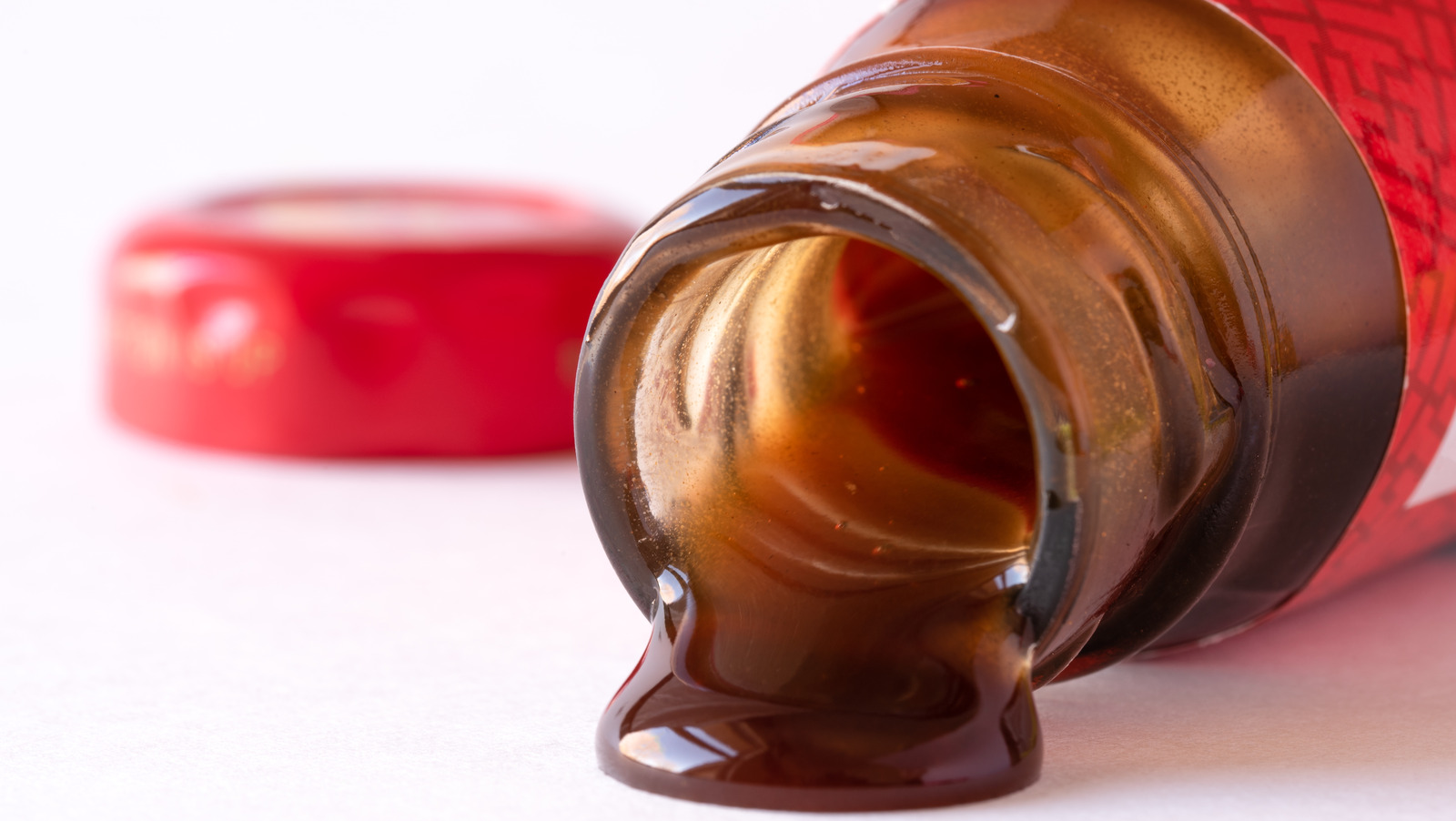
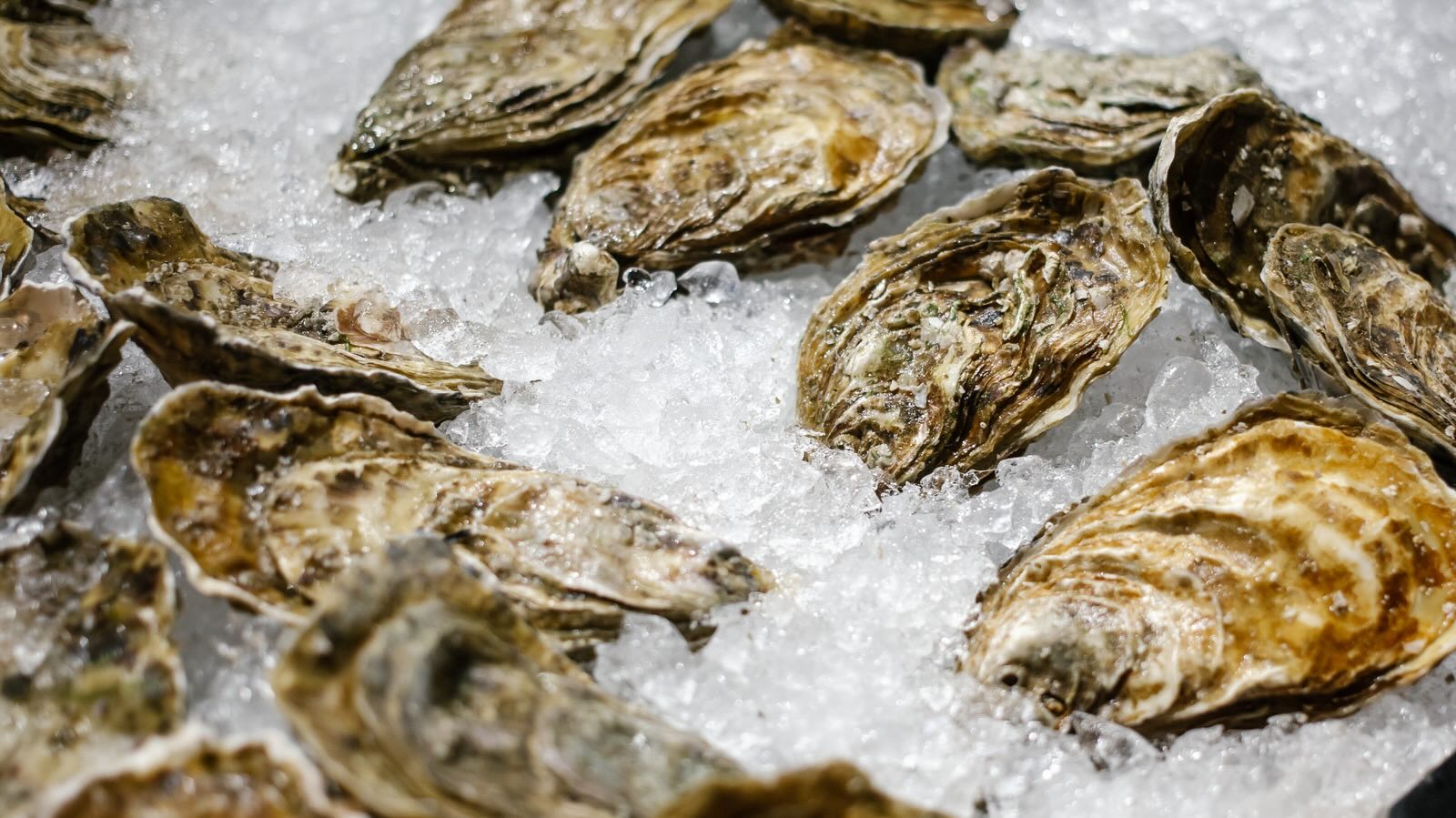
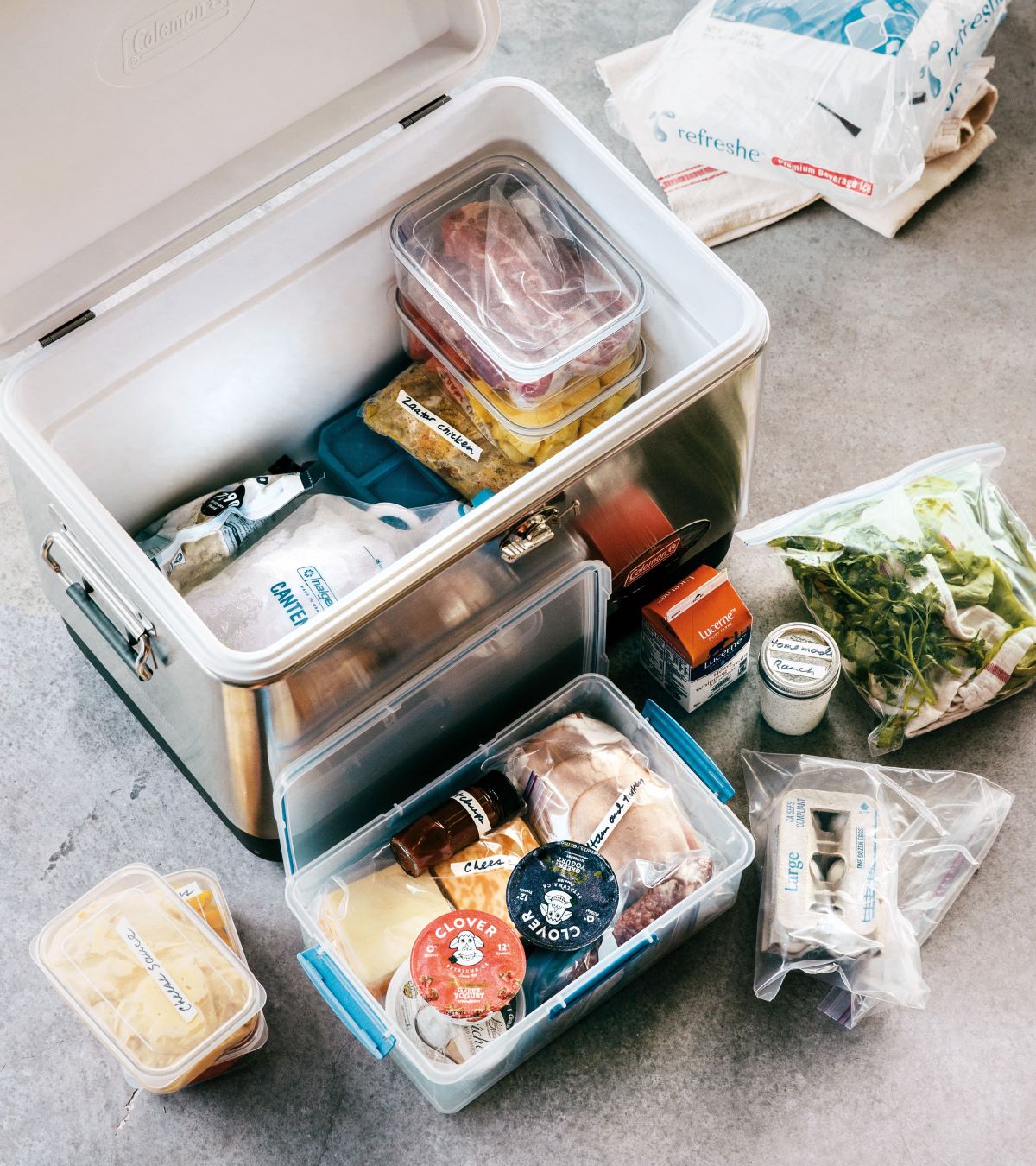

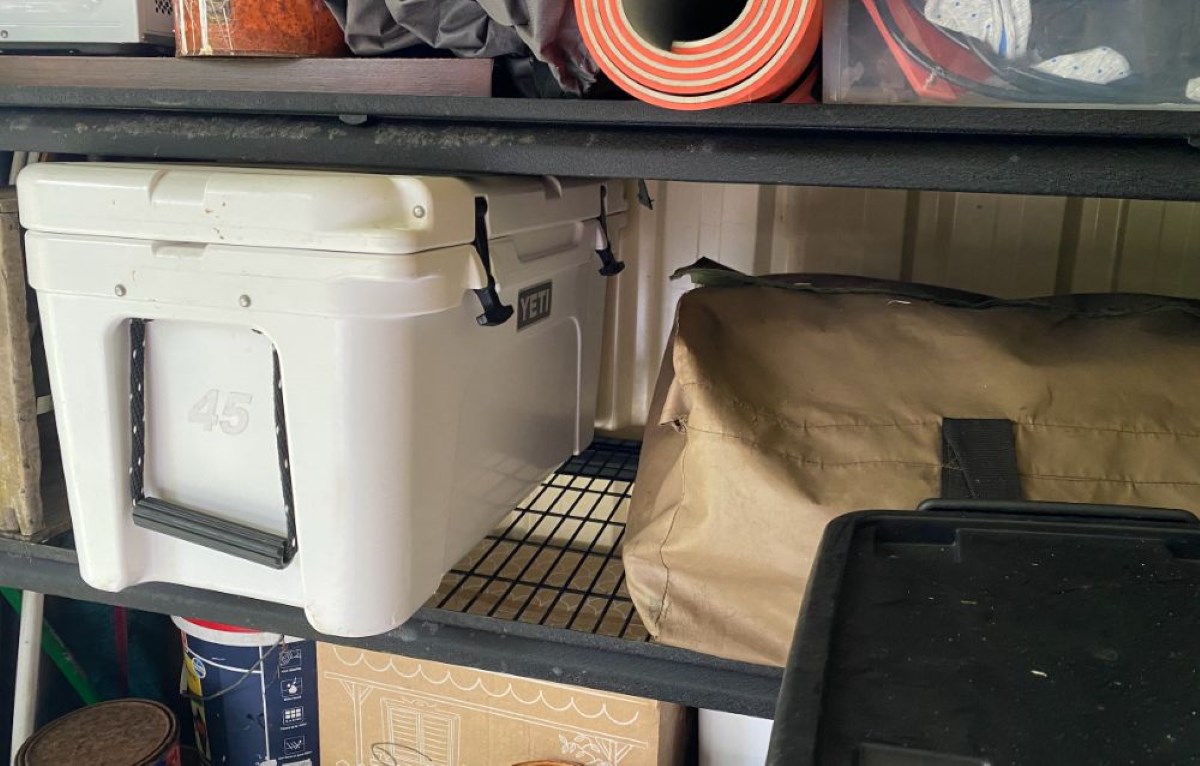
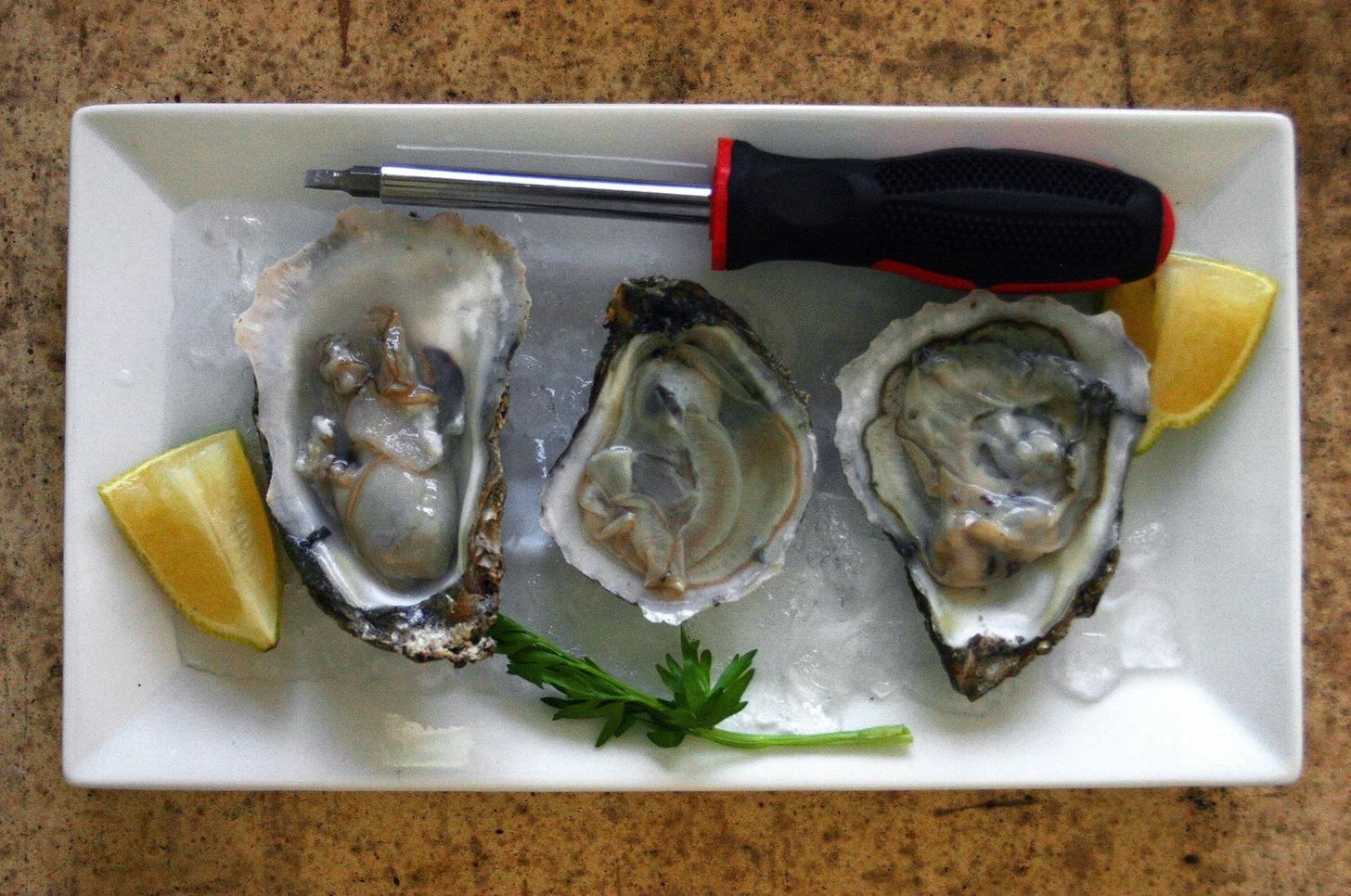

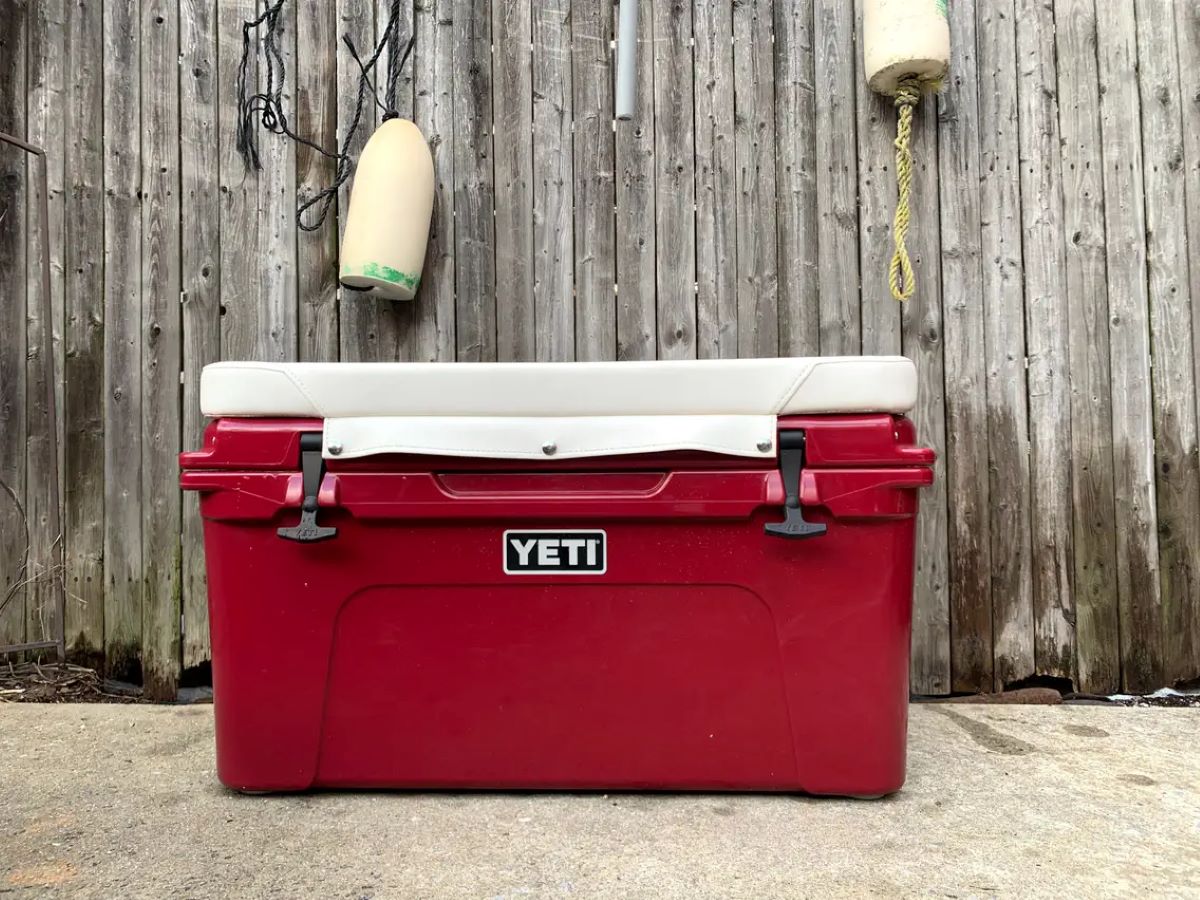



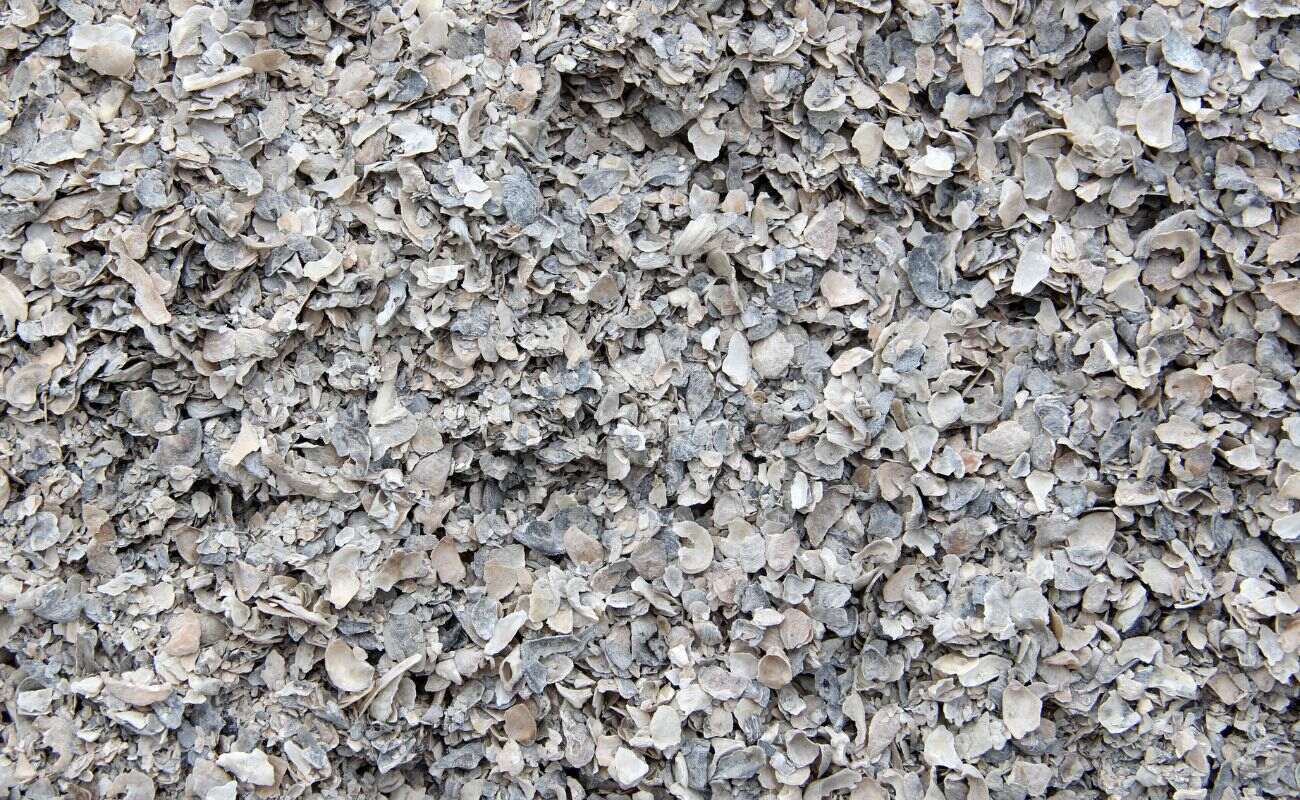
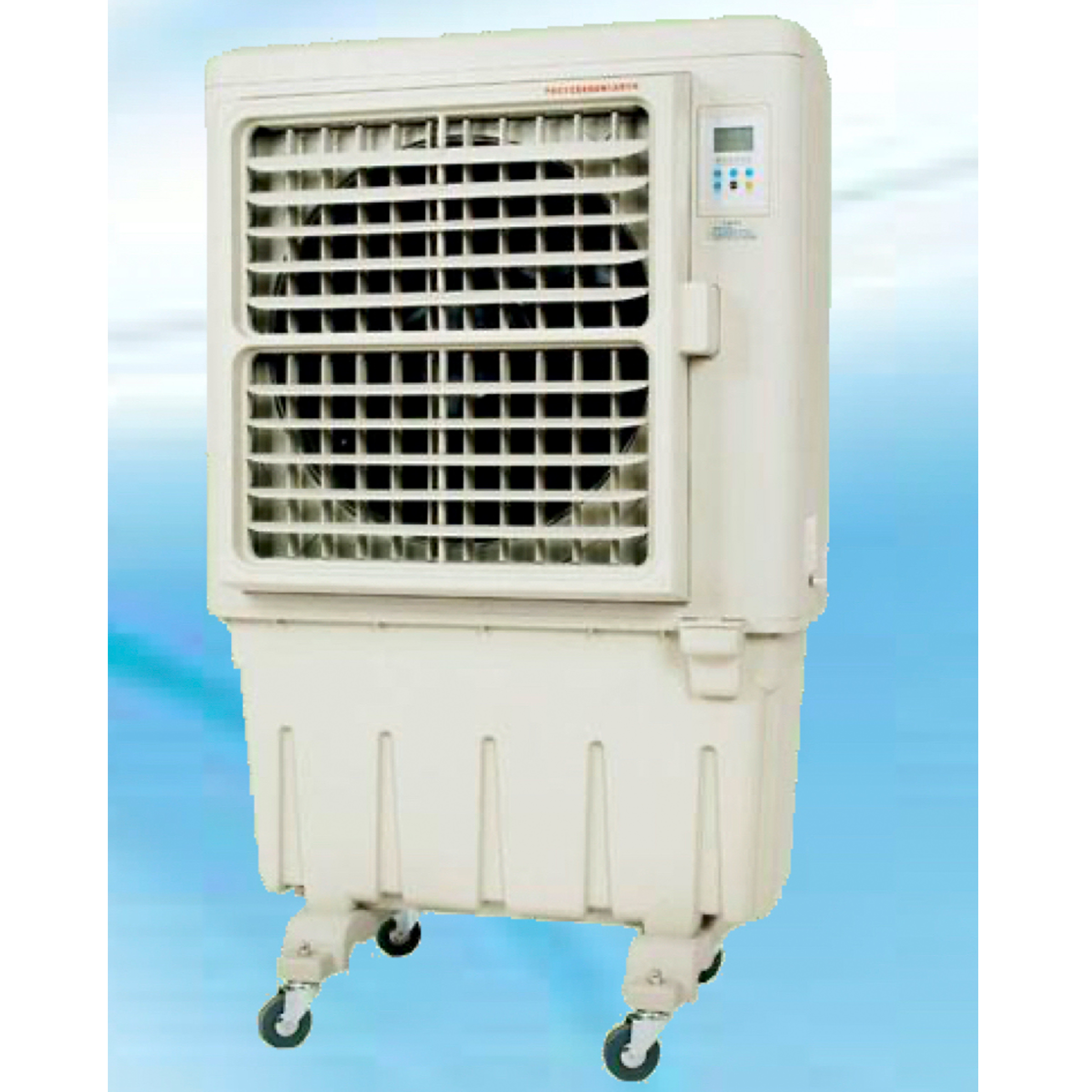


0 thoughts on “How To Store Oysters In A Cooler”